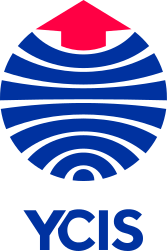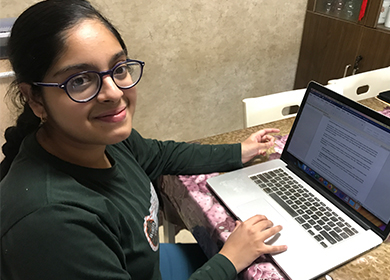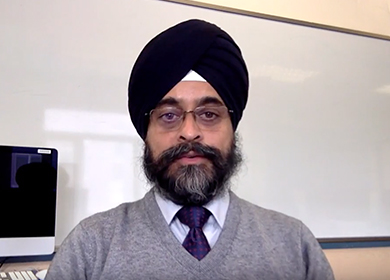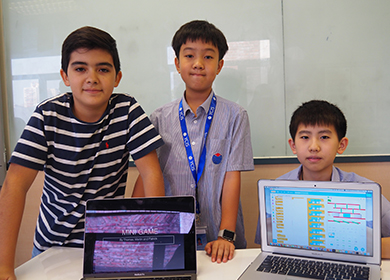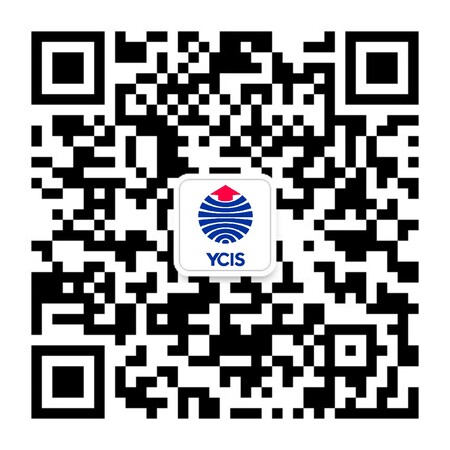Go Back
News
News
Equipping Students to Spot Fake News Online
News
13 Mar, 2020
10 : 00
Since the COVID-19 outbreak, there have been ceaseless platforms sharing information about the numbers of people infected, the recoveries, even about sources for protective equipment. Access to information has been essential and beneficial, however, it has also resulted in the rise of inaccurate online reports which have added to the angst around the virus.
Satyendra Arora YCIS Beijing’s Secondary Technology Integrator, echoes this view. “The Internet can be an extremely useful tool for everyone in general. But news and social networking sites can also bring trouble including fake news and cyber-bullying.”
During their online learning journey Year 10 students delved into Digital Citizenship, with the Unit encompassing topics such as “The Big Data Dilemma”, “Who are You Online” and the appropriate "Hoaxes & Fakes", amongst other themes. The Unit raised awareness on online presence and intricacies around the concept of fake news.
This proved to be useful to Jaskiran Arora in Year 10, who stated that she learned “how hoax videos are created and how unreliable and false information can be spread and possibly go viral over the internet”, an important aspect that most members of the public are unaware of.
Based on Mr. Arora’s assertion, “fake news is spread by humans and bots online, therefore, it’s becoming more and more challenging for publishers and media houses” to evaluate the legitimacy of information shared online.
He continues, “many institutions and media platforms are trying to stop the spread of false information or fake news and are working to design technical and human systems that can weed out the hoaxes and fake news” which can reduce the high rate at which inaccurate information is spread.
Caroline He stated that this Unit “just helped me enhance and improve my understanding of the topic” and cautions for her classmates to “be careful, as the internet is very unpredictable.”
With masses of information available online, many of us consume online data with limited knowledge on its truthfulness and to help us ascertain this, Mr. Arora shares the following tips:
• Lateral Reading, which was taught to Year 10 students a few days ago, is a technique used to fact check online sources in order to avoid misinformation.
• Evaluating Digital Information by checking the date, credentials of the author and digging deeper by looking at the domain name of the website, misspellings, grammatical errors.
• Never trust your first source.
Having learned about the dangers of fake news, Jaskiran’s preferred method of fact checking is lateral reading. She finds this the most useful technique “because instead of staying on the website, you should leave and find a new website [to verify information]. Instead of moving up and down, you move from tab to tab. This helps you to find if the information is accurate or not.”
Kai Li on the other hand simply commits himself to “not spread false information to my fellow schoolmates”
We live in a world where we are surrounded by content presented in different forms, therefore, it is our responsibility to ensure that we are cautious about what we share on our public media platforms, because as Tom Rosenstiel, an authority in the media industry, put it “Misinformation is not like a plumbing problem you fix. It is a social condition, like crime, that you must constantly monitor and adjust to.”
